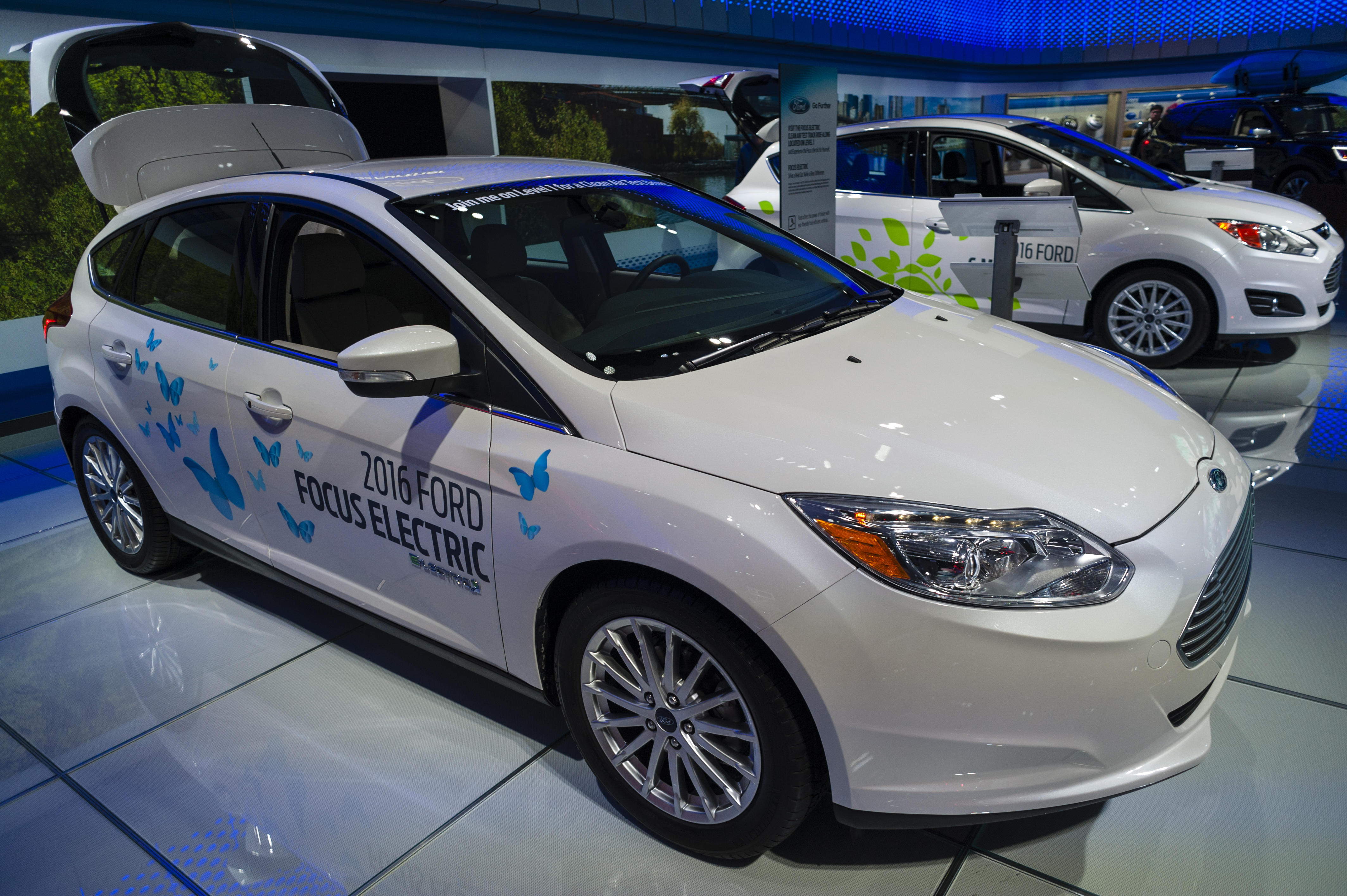General Motors and Ford are scurrying to realign for what many believe are the next big things — driverless and electric vehicles — but don’t look to Detroit, Japan or Germany for the mighty impulse that transforms personal transportation. With the world’s largest car market and savvy government policies, the advantage goes to China.
Autonomous drive technologies will better assist ordinary drivers, for example, by effectively providing 360-degree visibility to identify hazards. However, before parents will put 6-year-olds in driverless carpools on a dark, rainy January morning, these systems must run flawlessly and without breakdowns between periodic maintenance checks.
Internal combustion engines, transmissions and overall vehicle structure are the core competencies of major vehicle manufacturers. They outsource and rely on others for quality control of seats, dashboards and the like, but keep close drive-train technologies and aerodynamic design — those determine horsepower, gas mileage and compliance with emission standards and are central to carmakers’ competitive edge.
Electronics, computers and the like are not what they do well, and that’s an important reason why onboard electronics like dashboard displays, entertainment systems and Bluetooth go on the fritz so often. If carmakers can’t get mundane high-tech gadgets to work flawlessly, how can anyone reasonably expect them to provide assured safety for passengers in driverless vehicles?
Consider how often computer systems get viruses or hacked. Autonomous drive systems will be connected to the internet and centralized control systems. If terrorists can hack Google and the Securities and Exchange Commission, they surely can seize control of vehicle systems guiding tractor trailers and cause carnage on our highways.
The principle barriers to profitable production and wide adaptation of electric vehicles (EVs) have been range, high costs and the availability of charging stations. As with the railroads with their land grants and rights of way, and the airlines with their postal contracts and municipal financing of airports, aggressive government intervention may prove necessary to create a broad enough market to overcome those challenges.
GM and others are introducing vehicles that can go up to 200 miles before recharging. That range will gradually improve and recharge times will come down — eventually providing the practical range necessary for most family trips and not just for errands and commuting.
However, until a mass market truly emerges to spur more rapid innovation and drive down the cost of batteries, EVs will remain an expensive fashion statement. With gas prices likely to stay around $2.50 for the foreseeable future, EVs simply cost too much more than conventional SUVs to purchase and operate overall.
And too many families lack potential charging stations, especially in cities that are built straight up, like New York City.
Even more spread-out cities like Washington have many homes with no driveway and whose drivers park on the street. Systems of charging stations must be constructed in front of homes across a vast swath of America to recharge batteries overnight.
Cash-strapped cities can hardly maintain water and sewage systems, ambulance services and roads now, never mind build out systems of electrical charging stations more complex and difficult to keep safe than underground cable TV systems. Governments will have to turn to private investors who must be assured of enough subscribers to make such large investments attractive.
The federal government provides tax credits up to $7,500 for the first 200,000 EVs sold by each manufacturer. Tesla will soon cross that threshold and lose its subsidies without yet producing a vehicle whose price can cover costs.
Beijing is more aggressively underwriting domestic manufacturers, building a vast system of charging stations, earmarking $1.3 billion to help replace 70,000 city cabs with EVs, and restricting license plates for new gas-powered vehicles in seven major cities. Along with the United Kingdom, France and India, it has signaled its intention to eventually ban the sale of gas-powered vehicles.
With a large indigenous auto sector and a market for motor vehicles about twice the size of the United States or Europe, this could easily drive down the costs of Chinese manufacturers to levels competitive with or even lower than gas and diesel vehicles — and then flood the U.S. market.
Americans may not like their government similarly meddling in their market for personal transportation, but experiences with rail and air transportation demonstrate that is exactly what may be necessary to keep American manufacturers in the game.
Peter Morici is an economist and business professor at the University of Maryland, and a national columnist.
![]()





